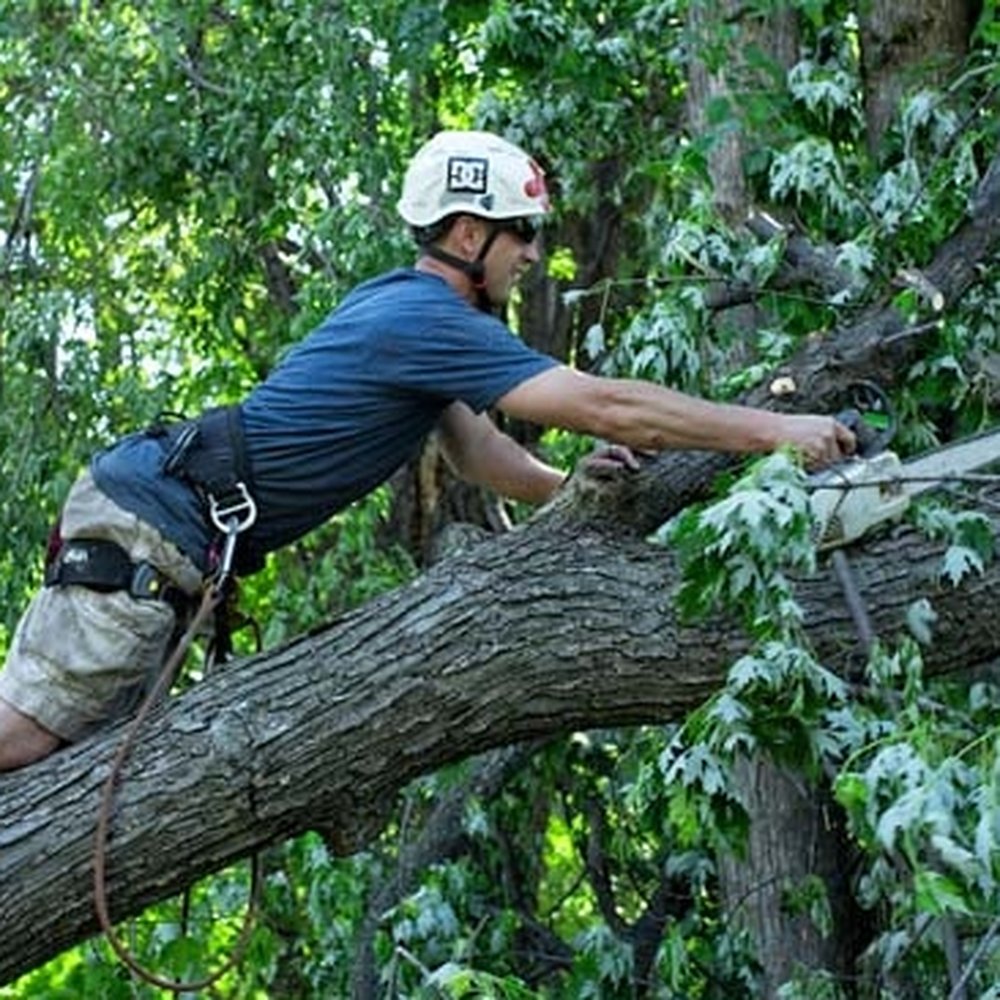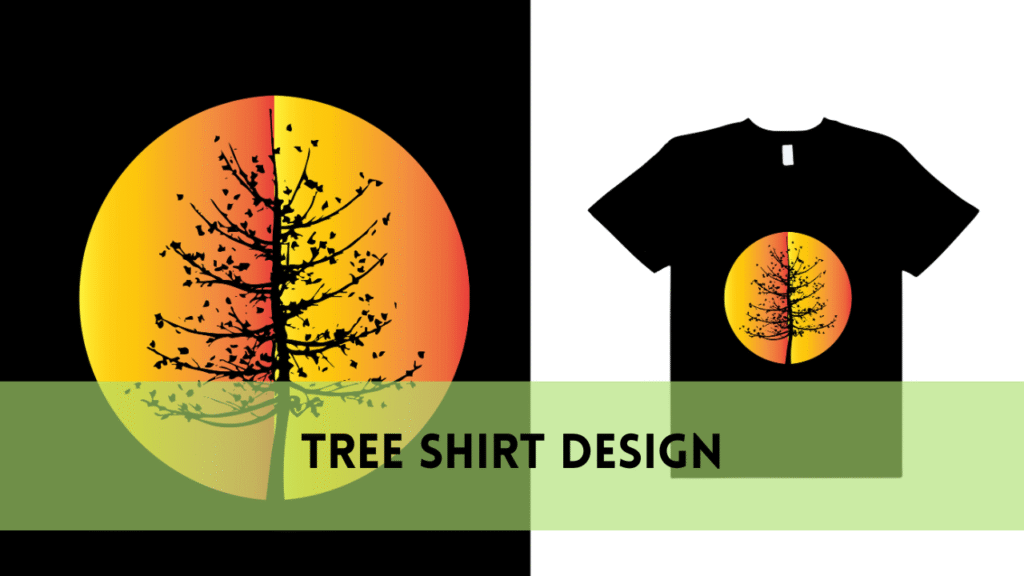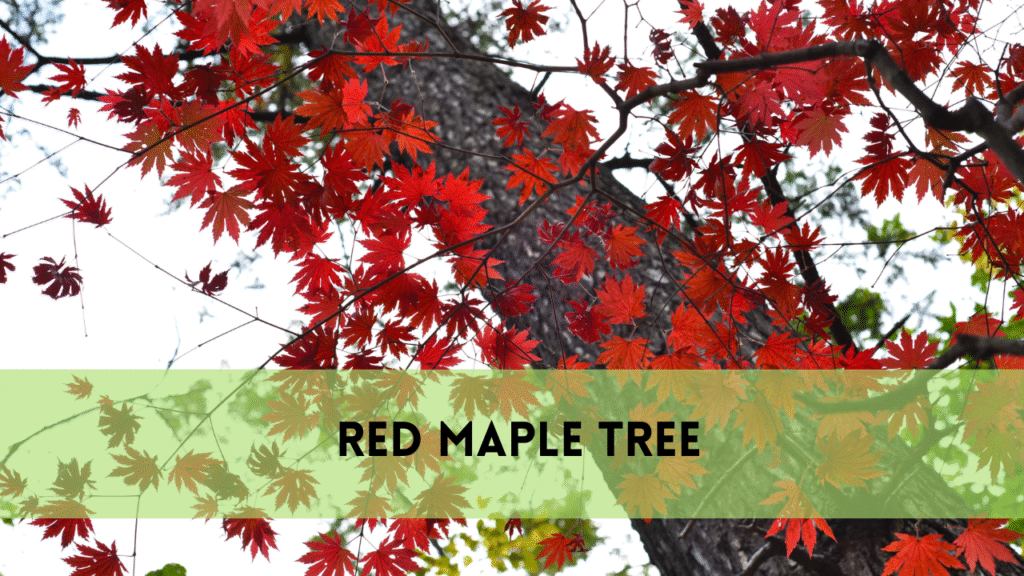Remove Moss from Tree
Moss, with its velvety appearance, adds a touch of enchantment to nature. Yet, when it blankets trees, it can raise concerns about their health and aesthetics. In this quest to restore the vitality and beauty of your trees, We begin our exploration how to remove moss from tree.
The Moss Dilemma
Moss itself doesn’t harm trees, its presence can indirectly affect tree health and aesthetics:
- Reduced Sunlight: Thick moss mats can block sunlight from reaching the tree’s bark, hindering photosynthesis and overall tree health.
- Moisture Retention: Moss can trap moisture against the tree’s bark, potentially leading to rot or disease if left unchecked.
- Bark Damage: As moss attaches to the tree bark, it can weaken the bark’s structure over time, making it more vulnerable to damage.
Assessing the Impact
When considering the removal of moss from your trees, it’s vital to undertake a comprehensive assessment:
1. Moss Extent and Density:
- Examine the extent and density of moss on your trees. Is it a light, intermittent covering, or has it formed thick mats? This assessment will help you understand the level of intervention required.
2. Tree Species:
- Different tree species may react differently to moss. Consider the type of tree you’re dealing with, as some are more tolerant of moss than others.
3. Overall Tree Health:
- Evaluate the overall health of the tree. Is it already stressed or weakened by other factors, such as pests, disease, or environmental stressors? If so, the impact of moss may be more significant.
4. Light Conditions:
- Analyze the tree’s exposure to sunlight. Trees in shady areas may rely more on their bark for photosynthesis, making moss removal more critical.
5. Moisture Levels:
- Assess the moisture levels in your local environment. If your area experiences high humidity or frequent rainfall, moss removal may have a more substantial impact on moisture retention.
6. Tree Age:
- Younger trees are generally more vulnerable to moss’s effects as they are still establishing themselves. Older, established trees may tolerate moss better.
7. Aesthetic Preferences:
- Consider your personal aesthetic preferences. Some individuals appreciate the natural, rustic look of moss-covered trees, while others prefer a clean, moss-free appearance.
Environmental Factors: Consider the local climate and environmental conditions. In regions with excessive moisture, moss removal may help prevent moisture-related issues.
How to Remove Moss from Tree?
1. Manual Moss Removal:
Gently brush or scrape off the moss from the surface. Avoid abrasive tools that can damage the underlying material.
2. Water and Soap Solution:
Mix a solution of water and soap (e.g. dish soap) and apply it to the moss-covered surface. Allow it to sit for a while, then gently scrub away the moss with the soft-bristle brush.
3. Vinegar Solution:
Mix equal parts water and white vinegar in a spray bottle. Spray the solution onto the moss and let it sit for a few hours or overnight. Afterward, use a soft brush to remove the moss.
4. Baking Soda Solution:
Mix baking soda with water to create a paste. Apply the paste to the moss-covered area and let it sit for a few hours. Then, scrub away the moss with a soft brush.
5. Chemical Moss Killers:
Commercial moss-killing products (containing iron sulfate or potassium salts of fatty acids).
Follow the manufacturer’s instructions carefully. Usually, dilute the product, apply it to the moss, and allow it to work before rinsing or brushing off the dead moss.
1. The Initial Assessment:
- Begin your journey by closely examining your moss-clad trees. Note the extent of moss coverage and be on the lookout for signs of underlying issues, such as poor soil drainage or compaction.
2. Pruning for Illumination:
- Allow more sunlight to grace your tree’s bark by carefully pruning any overhanging branches that cast excessive shade.
3. Air Circulation Magic:
- Enhance air circulation around your tree by thoughtfully trimming or thinning branches, preventing moisture buildup.
4. Soil Revival:
- If poor soil drainage or compaction is part of the problem, consider aerating the soil and enriching it with organic matter to improve its ability to drain.
5. Gentle Manual Removal:
- To tenderly free your tree from moss’s grasp, use a soft-bristle brush or your fingertips to gently scrape the moss off the bark. Avoid abrasive tools that may harm the tree’s delicate surface.
6. Harness the Power of Moss Killers:
- Deploy a moss-killing solution containing iron sulfate or potassium salts of fatty acids. These solutions work wonders but should be used meticulously following the manufacturer’s instructions.
7. Vigilance and Maintenance:
- Keep a watchful eye on your moss-free trees. Regularly check for any signs of moss regrowth and promptly address underlying issues to prevent its return.
Related Posts:
Tools of the Trade
Every artist needs the right tools to create a masterpiece. Here are your essential tools for moss removal:
- Soft Bristle Brush: Like a painter’s brush on canvas, a soft-bristle brush gently sweeps moss away from the bark.
- Moss Scraper: For those hard-to-reach spots, a moss scraper with a long handle extends your artistic reach.
- Sturdy Ladder: Reach for the stars with a sturdy ladder that ensures safe access to every nook and cranny.
- Pruning Shears: Like pruning excess paint from a canvas, pruning shears trim overhanging branches and improve air circulation.
- Moss Killer Solution: Your secret weapon, a moss-killer product, should be carefully selected and used according to instructions.
Conclusion
In conclusion, understanding how to remove moss from trees is essential for maintaining the health and beauty of your arboreal companions. Moss growth on trees can indicate underlying issues such as low light levels, excess moisture, poor air circulation, compacted soil, and lack of nutrient competition. By addressing these issues and following a systematic approach to moss removal, you can enhance the well-being of your trees and create a more attractive landscape.




